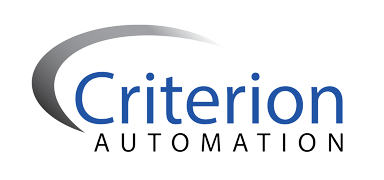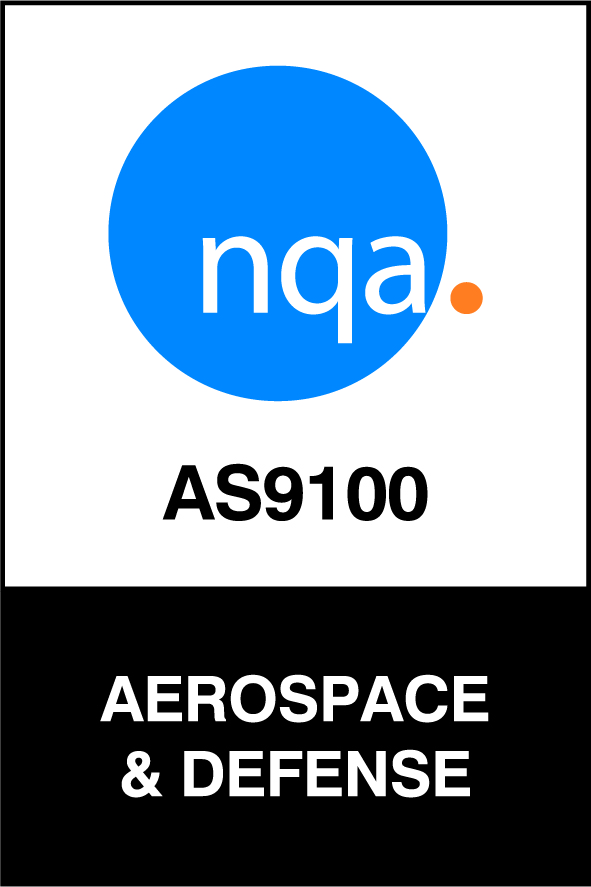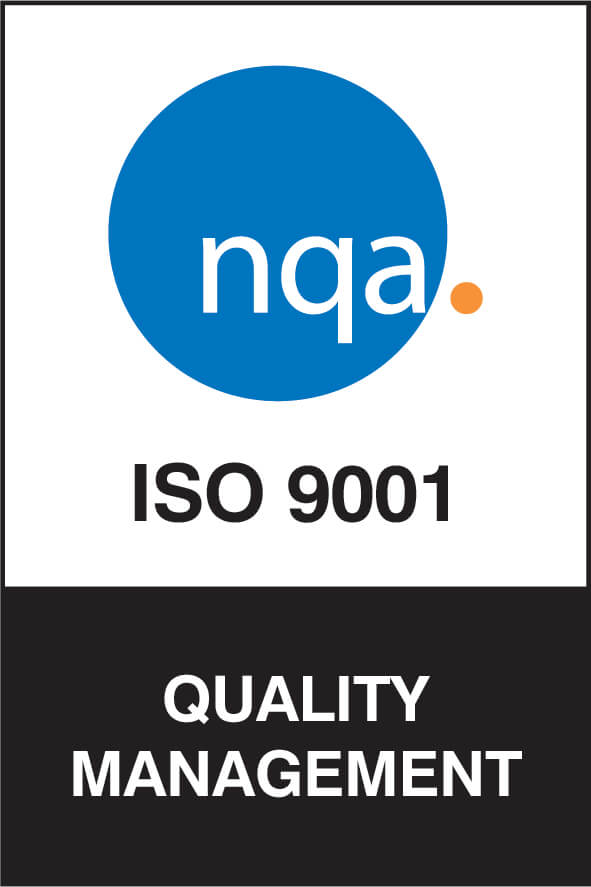As we head into 2024, manufacturers are expecting to face an ongoing shortage of skilled labor among other challenges. Some studies indicate companies could free up three additional hours a day per person by adapting digitization and automation.
When done right, automation can be relatively easy to implement, cost-effective to operate, and result in significant gains in productivity and quality while minimizing safety risk. With help from Criterion Automation, manufacturers can automate a variety of otherwise dangerous, boring, or inefficient processes to enjoy numerous benefits.
- Improved Safety
Most injuries on the job result from human error, fatigue, or distraction—challenges that don’t affect robots. By reducing or eliminating these risks, automation can result in fewer accidents and injuries of all types. (Even repetitive stress injuries such as carpal tunnel syndrome can result in lost work time, medical expenses, and reduced quality of life, and injured workers can find it harder to successfully complete precision work.) - Faster Production Cycles
Robots can do any number of tasks faster—without breaks or shift changes—than their human counterparts. But simply replacing a worker with a robot cell might not produce huge gains in productivity unless the cell is programmed by experienced automation engineers. For example, Criterion task-based robot cells significantly outperform sequence-based robotic cells. Task-based sequencers take advantage of operations that are running and bypass those that are disabled, rather than having a cell’s work come to a halt when one of its processes experiences a fault. As a result, downtime is significantly reduced, creating faster production cycles and reducing time-to-market. - Cost Savings
While automation does require an up-front investment, long-term cost savings can be substantial. Manufacturers that automate various systems—from assembly to machining to inspection—enjoy ongoing reduced labor costs. The likelihood of errors and defects is minimized, decreasing the need for rework and lowering associated costs. And increased production and faster time-to-market can result in increased profitability. - Improved Quality
An automated system’s precise level of control enables it to consistently achieve high accuracy, minimizing variations in product quality. Inspection and quality control functions can be integrated seamlessly into automated processes, allowing for real-time monitoring and adjustments, thus ensuring that final products meet or exceed the desired quality standards. - Simplified Operations and Maintenance
Automation simplifies the management of complex manufacturing processes. Centralized control systems enable easy monitoring and adjustment of various parameters, resulting in more streamlined and efficient operations. Even better, automated systems can include diagnostic tools that can predict maintenance needs, reducing downtime and preventing unexpected breakdowns.
How to Make It Happen
Manufacturing automation offers a multitude of advantages that contribute to decreased risk, increased production capacity, faster production cycles, improved cost savings and quality, and simplified operations. As technology continues to advance, automation is becoming less of a competitive advantage and more of a necessity for manufacturers hoping to thrive in the global market.
For more than 35 years, manufacturers have counted on Criterion to address their biggest business challenges while making production easier, safer, and faster. Call us at (616) 784-3500 or email [email protected] to learn more.





